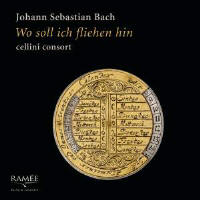Texte paru dans: / Appeared in: |
|
|
Reviewer: David
Reznick
One of the things that makes
America great (and it’s great right now—no need to make it “great again”) is
the freedom to chart our own destiny. You may have a dream of producing the
most delicious flavor of ice cream the world has ever known. You can devote
your life to this if you want. No one will stop you. Of course, there’s no
guarantee of success. If, for example, after an exhaustive study, you arrive
at the unshakable conclusion that the most delicious flavor is Chicken Mint,
you may run into some marketing problems. Or suppose that when you were five
years old you heard someone play a cello, and right then and there you
decided to devote yourself to that instrument. And the more you stick to it,
the better you get. Then suddenly you are a cello virtuoso, touring the
world and playing concertos, raking in the money. But fate cannot be toyed
with. Suppose the instrument you heard as a child is the viola da gamba. And
eventually you become a viola da gamba virtuoso, touring public libraries,
country club celebrations, art galleries, and elementary school music
classes. And keeping your day job.
Surprisingly, they found that
the amount of music written for three solo violas de gamba is a bit sparse.
They solved this by arranging music that was not originally intended for
their instrument. The present recording features various pieces by Bach that
have undergone the transformation. This article originally appeared in Issue 43:3 (Jan/Feb 2020) of Fanfare Magazine. | |
|
|
|
|
|
|
|
Cliquez l'un ou l'autre
bouton pour découvrir bien d'autres critiques de CD |
|




